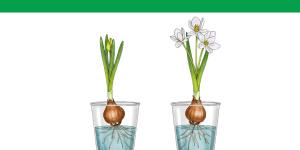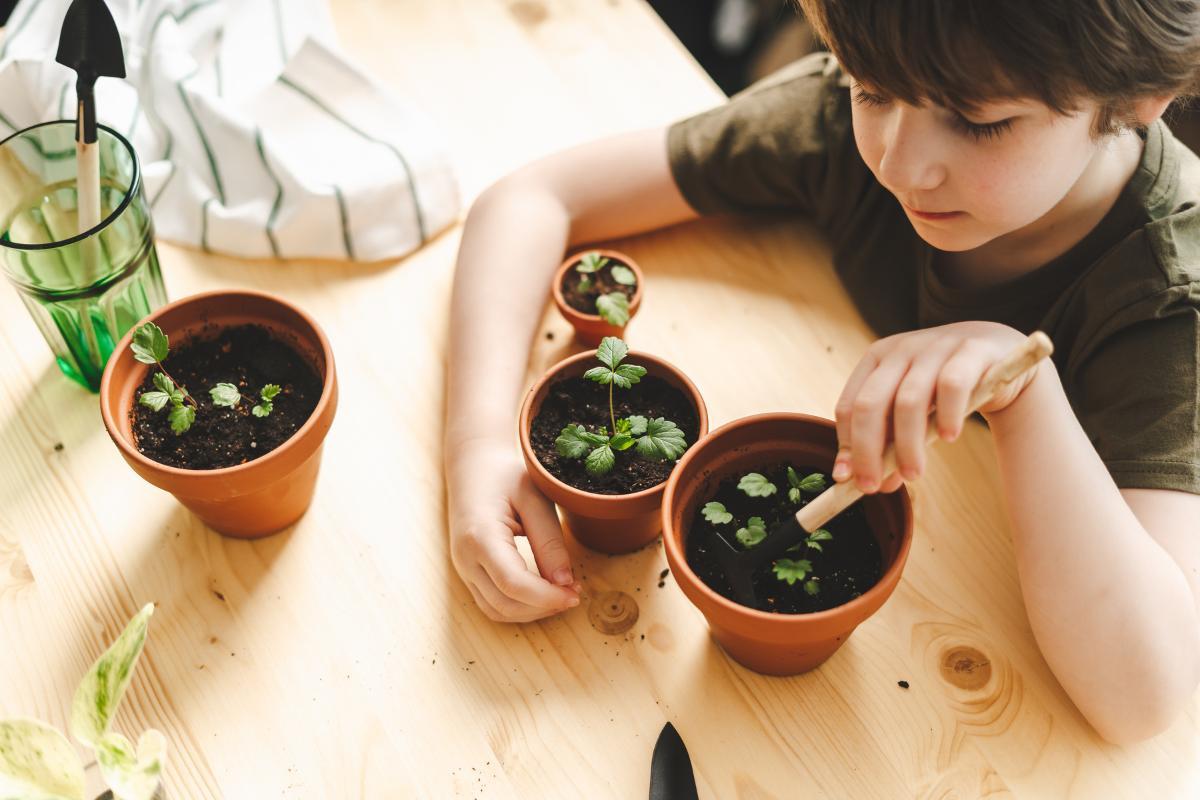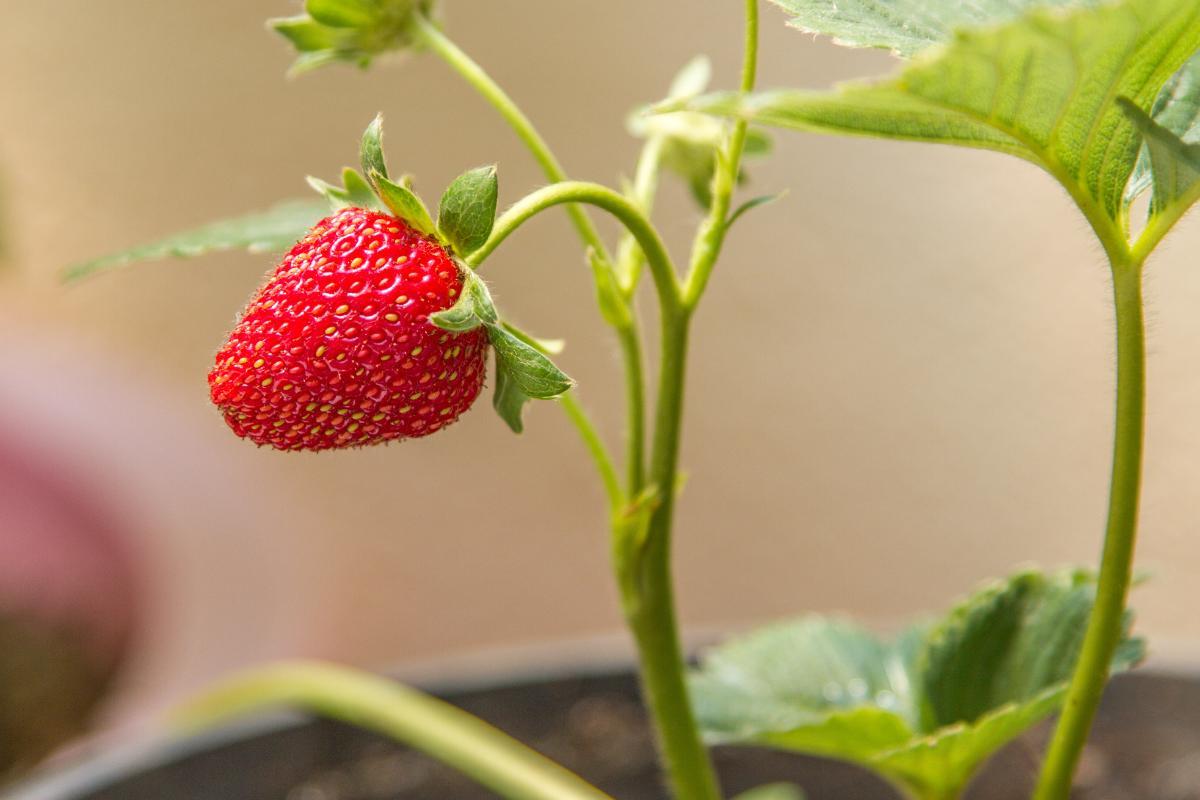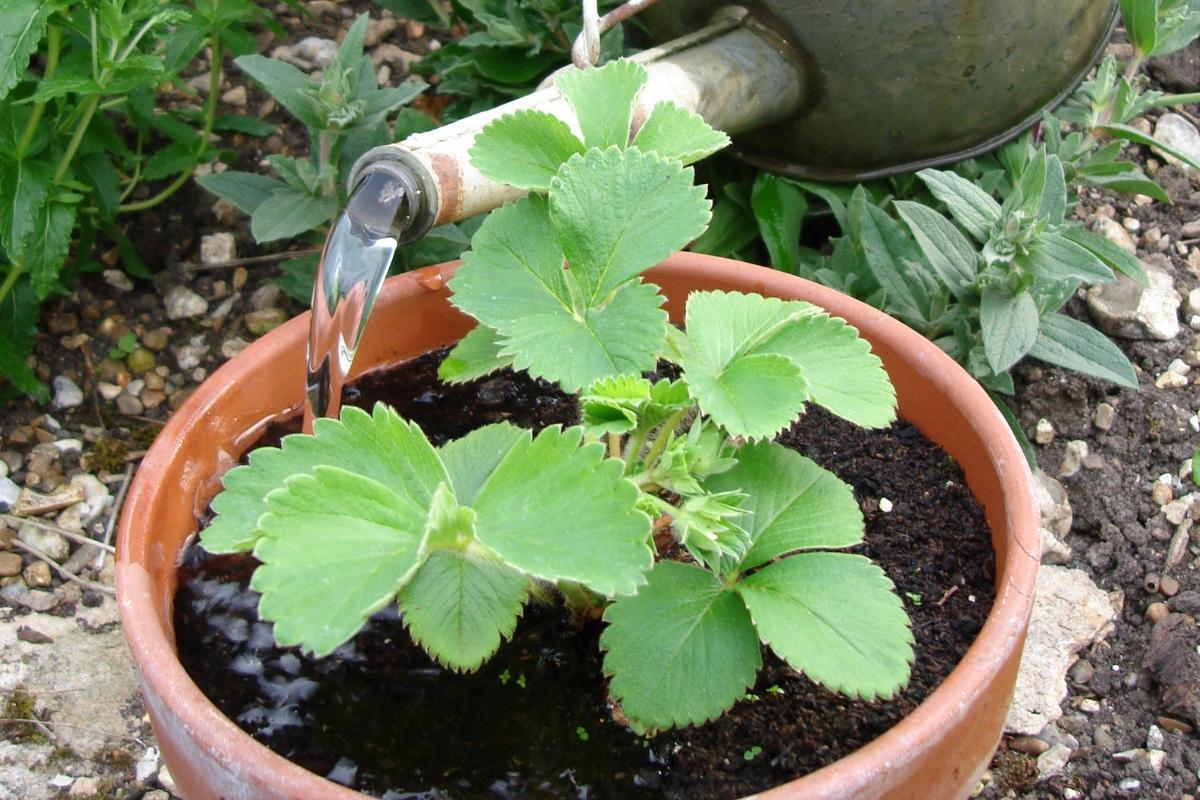How to Plant and Grow Potted Strawberries?


If you're looking to add a delightful touch to your gardening endeavors, potted strawberries are a fantastic choice. These compact and versatile plants offer the joy of homegrown berries, even in limited spaces. Contrary to popular belief, you don't need vast expanses of land to cultivate these luscious fruits. In fact, you can successfully grow strawberries in pots, right on your balcony or windowsill.
In this article by thedailyECO, we explain how to plant and grow potted strawberries.
How to plant potted strawberries?
Planting strawberries in pots is an enjoyable and rewarding endeavor. Whether you're starting from scratch or introducing new plants, here are the steps to successfully plant strawberries in pots:
- Obtain well-ripened strawberries: choose ripe strawberries, ensuring that the seeds are dark and not green. The ideal time for this is in the spring, when the growing season begins.
- Prepare the seeds: cut the surface of the strawberries to create thin slices on the outer part of the fruit where the seeds are located. Alternatively, you can purchase loose seeds in bags or sachets.
- Select the substrate: opt for earthworm humus as the substrate for better germination. This nutrient-rich medium provides an ideal environment for the seeds to thrive.
- Plant the seeds: place the strawberry slices or seeds on a biodegradable seedbed or small pot filled with humus. Cover them with a light layer of the substrate to protect and nourish the seeds.
- Watering: since there is pulp around the seeds, it's recommended to water them through atomization or misting. This method prevents excessive moisture and rotting of the tissue. If you're sowing seeds directly without the pulp, you can carefully water them with a watering can.
- Germination and transfer: strawberry seeds typically germinate within approximately 20 days. Once the seedlings have grown for about a month, they can be carefully transferred to their final pots. Ensure the pots have adequate drainage holes.
- Consider seed quantity: the germination rate of strawberry seeds can be low. To increase your chances of success, it's advisable to choose a good number of starter seeds. Having a larger quantity of seeds increases the likelihood of a successful outcome. You can explore different sources to find a suitable quantity of strawberry seeds, keeping in mind the specific variety you desire.
You might be interested in this other article where discuss the differences between compost and fertilizer.

Propagation of potted strawberries
Fortunately, strawberry plants have a natural way of propagating themselves through runners, which are long stems that produce new daughter plants. This allows for continuous production and expansion of your strawberry patch. When these runners grow larger and start to develop roots, they can be utilized to create new plants. Here's how you can do it:
- Identifying suitable runners: look for runners that have developed a good set of leaves and have begun to form roots at the nodes. These larger runners are ideal for transplanting and establishing new plants.
- Preparing new pots: get a new pot filled with well-draining potting soil or a mixture of compost and soil. Make sure the pot has adequate drainage holes.
- Transplanting the runner: carefully dig up the runner from the mother plant, ensuring that the roots remain intact. Gently separate the runner from the main plant, cutting it if necessary, leaving a small portion connected to the mother plant.
- Planting the runner: Place the separated runner into the new pot, burying the roots in the soil and ensuring that the leaves are above the surface. Lightly firm the soil around the runner to secure it in place.
- Caring for the new plant: Water the newly transplanted runner thoroughly, allowing the soil to become moist but not overly saturated. Place the pot in a sunny location, ensuring the plant receives adequate sunlight.
By utilizing runners, you can maintain a continuous production of strawberries and expand your strawberry patch.
Location and light for potted strawberries
Strawberry plants thrive in sunny locations, receiving around 5 to 8 hours of direct sunlight each day. However, they can also tolerate semi-shade or filtered light conditions. Keep in mind that the more sunlight they receive, the better fruit production you can expect. To ensure even light distribution, rotate the pot once a week to ensure all parts of the plant receive adequate sunlight.
Discover a comprehensive list of sun-resistant plants in this other article. Expand your knowledge and explore a variety of plants that thrive in sunny conditions.

Soil for potted strawberries
For optimal results, the substrate for potted strawberries should be nutrient-rich, well-draining, and have a high water-holding capacity. A recommended mixture includes equal parts worm castings or compost, peat, and a handful of vermiculite. This combination provides essential nutrients, organic matter, and proper drainage for the plants' water requirements.
Strawberries benefit from regular applications of compost, particularly in early spring to promote healthy flowering and abundant fruit production. Additionally, adding a handful of earthworm humus to the surface of the pot once a month can further enhance nutrient availability.
To obtain the materials needed for creating a suitable substrate for potted strawberry plants, there are various sources where you can explore and purchase them. These essential materials include:
- Worm humus: a natural and organic fertilizer produced by earthworms, worm humus enriches soil nutrients and promotes healthy plant growth.
- Peat: widely used as a plant substrate, peat provides favorable growth conditions for many plants. There are different types available, such as black peat with a higher pH and blond peat with a lower, more acidic pH.
- Vermiculite: this mineral, composed of magnesium or iron silicates, has excellent water retention capabilities while allowing proper drainage. It also contains essential minerals like magnesium, potassium, ammonium, and calcium, which support plant growth.
By incorporating these materials into your substrate and providing the necessary care, you can create an ideal growing environment for your potted strawberry plants and increase their chances of thriving and producing a bountiful harvest.
Watering of potted strawberries
Watering potted strawberries properly is crucial for their growth and productivity. Here are some important considerations for watering these plants:
- Frequency: potted strawberries generally require consistent moisture, so regular watering is necessary. Monitor the moisture level in the soil and water when the top inch of the substrate feels dry to the touch.
- Amount: ensure that you provide enough water to thoroughly moisten the root zone. Avoid overwatering, as it can lead to root rot and other issues. A good rule of thumb is to water until you see water draining out from the bottom of the pot.
- Watering method: to prevent waterlogging and promote healthy root growth, it is recommended to use a watering method that allows water to reach the roots directly. One effective technique is to water slowly and evenly at the base of the plant, either by using a watering can with a narrow spout or a drip irrigation system.
- Morning watering: watering in the morning allows the foliage and soil to dry out during the day, reducing the risk of fungal diseases. Avoid watering in the evening as it can promote prolonged moisture and create a favorable environment for pathogens.
- Adjusting for weather conditions: during hot and dry periods, potted strawberries may require more frequent watering to prevent the soil from drying out. Conversely, in cooler and rainy weather, reduce watering frequency to prevent waterlogged soil.
Remember to consider the specific needs of your potted strawberry plants, as factors such as pot size, environmental conditions, and plant maturity can influence their water requirements. Regularly monitor the moisture levels, observe the plant's response, and adjust your watering routine accordingly.

Pruning potted strawberries
Pruning potted strawberries is an important practice to maintain plant health, promote better fruit production, and manage their compact growth. Here are key tips for pruning potted strawberries:
- Remove runners: strawberries produce runners, long stems that extend from the main plant and form new plants. To prevent overcrowding and redirect energy towards fruit production, regularly remove these runners by cutting them close to the main plant.
- Trim yellow or dying leaves: monitor the foliage of your potted strawberries and trim any yellow or dying leaves. This helps maintain plant vitality and reduces the risk of diseases.
- Trim excess foliage: if the foliage becomes dense, trim some of the excess leaves to improve air circulation and reduce the chances of fungal infections. Focus on removing older or damaged leaves while leaving younger, healthy ones intact.
- Prune after harvest: once the fruiting season ends, it's beneficial to prune the strawberry plants more aggressively. Cut back the foliage to about 1-2 inches above the crowns (where the leaves emerge from the crown). This stimulates new growth and encourages stronger, more productive plants for the following season.
- Regular maintenance: throughout the growing season, perform light maintenance pruning as needed. Trim any yellowing or damaged leaves and remove any runners that appear.
Remember to use clean, sharp pruners or scissors when pruning to minimize the risk of disease transmission.
If you want to read similar articles to How to Plant and Grow Potted Strawberries?, we recommend you visit our Plant care and cultivation category.
- Hudak, R. (2009). Fruits and vegetables. Spain: Editorial Hispano Europea, SA.
- War, M. (2000). The Edible Container Garden: Growing Fresh Food in Small Spaces. UK: Simon & Schuster.
- Buczacki, S. (1995). Garden fruits . Spain: Tursen/Hermann Blume.








